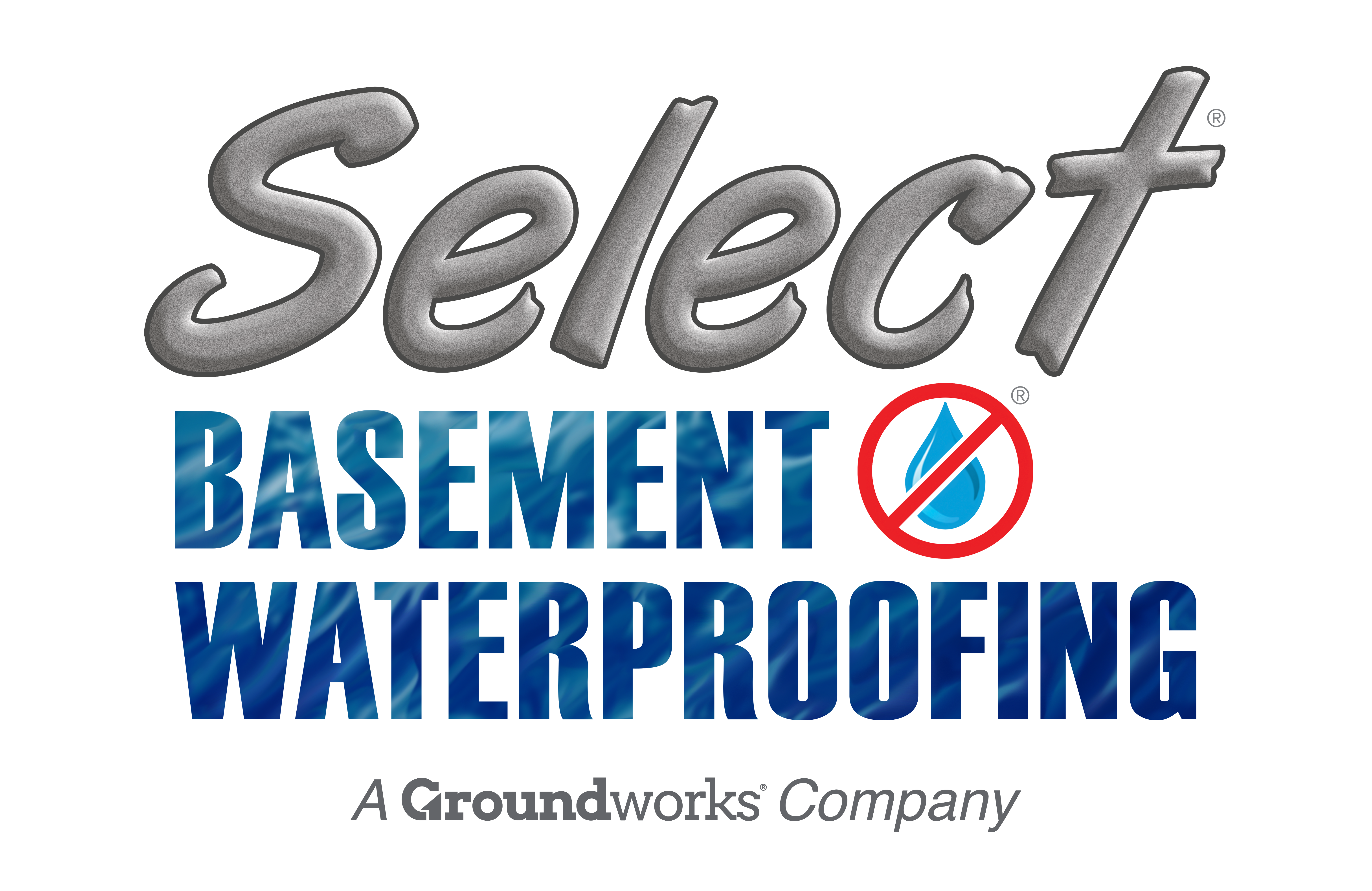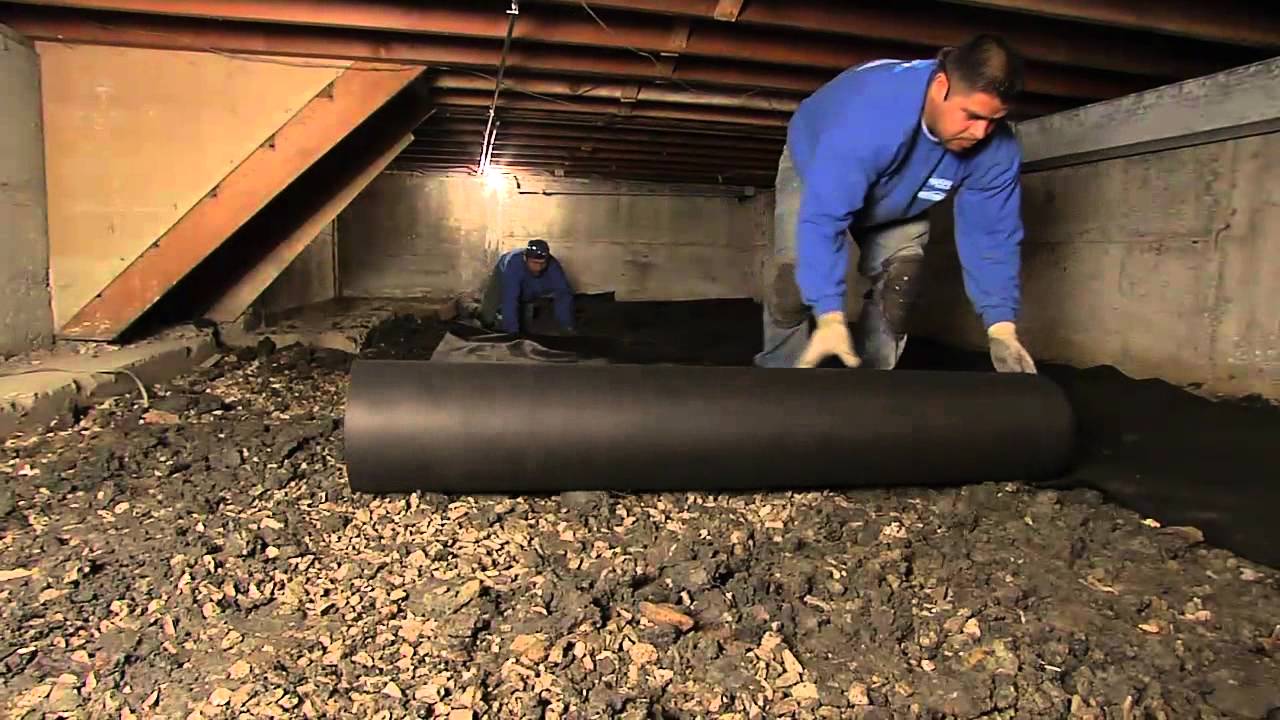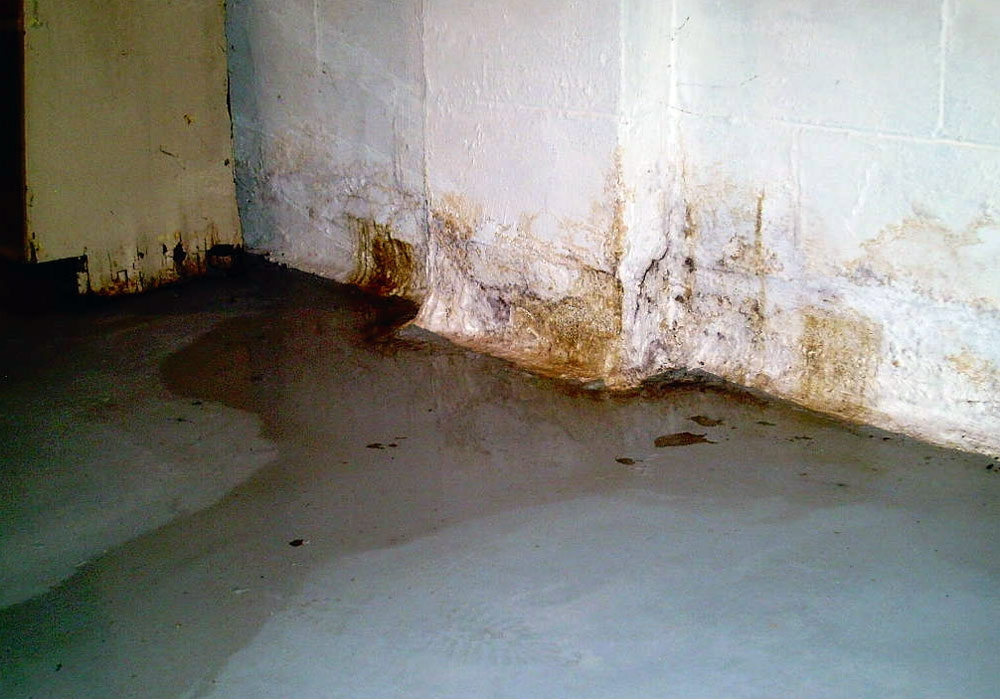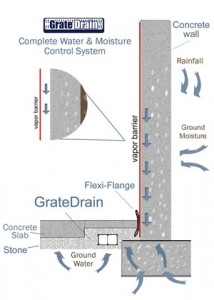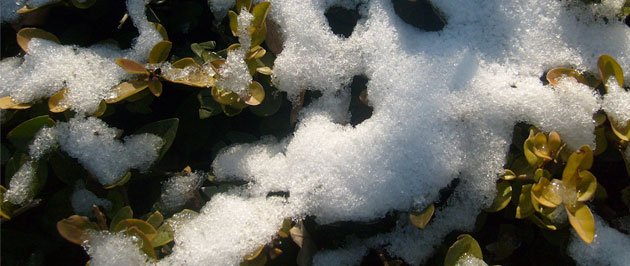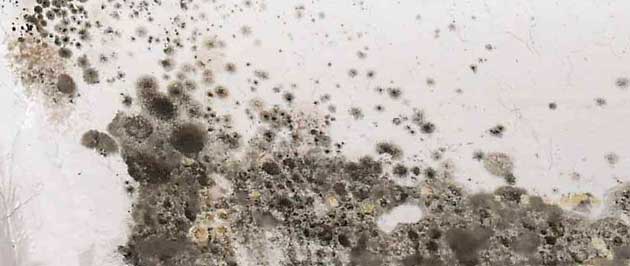Crawl Space Waterproofing in Morganville NJ
The crawl space happens to be one of the most neglected parts of a home. Most of these spaces, especially in older homes, are vented to allow moisture removal through ventilation. However, this has been found to be a counterproductive strategy as it leads to mold growth, condensation and pest infestation. The main problem with crawl spaces is the fact that 60% of the air in these spaces eventually flows to the upper levels of your house.
Risks of Crawl Space Flooding
On the surface, crawl space moisture might not look like a big issue until you consider the consequences. High moisture presence will lead to rusting of utility piping and other appliances such as furnaces. This might necessitate expensive repairs in future. Worse still, wood rot affects the integrity of the foundation and this can ruin your home.
Due to high moisture levels, toxic mold growth poses a big risk to the occupants as it may lead to respiratory issues such as asthmatic attacks. The presence of moisture also attracts pests which can be a nuisance in your house. To avoid all these problems, it is important to invest in crawl space waterproofing.
If you suspect that your crawl space is flooded, it is important to call in an established contractor for a free inspection and treatment of the problem.
Ideas for Crawl Space Waterproofing
Waterproofing this space is not only beneficial to the occupants but also protects your precious investment. There are different methods used in crawl space waterproofing. These are:
- Crawl space encapsulation: This involves sealing all the space, including the walls and the floor, with overlapping polyethylene sheets. The material is waterproof and prevents entry of water and vapor through the earthen floor and wall cracks.
- Sump pump installation: A crawl space sump pump is installed at the center of the floor in combination with an interior drainage system along the inner perimeter of the foundation walls. All water collected is pumped away from the property.
- Vapor barrier: A vapor barrier is used to prevent entry of moisture and gases through the walls. The barrier should also cover all utility wires and other obstacles including the boiler.
- Dehumidifier: This is installed to ensure the crawl space remains dry irrespective of the weather. A safe humidity level is important to improve the indoor air quality (IAQ) in the rest of the house.
Crawl space waterproofing is a great home improvement idea. It will improve the overall indoor air quality in your house and this space can be used for storage. Contact us today!
